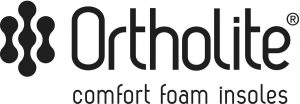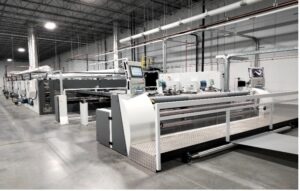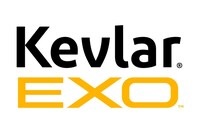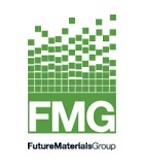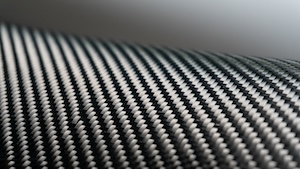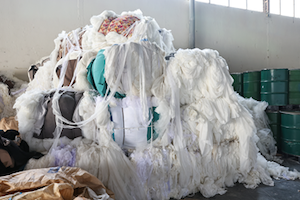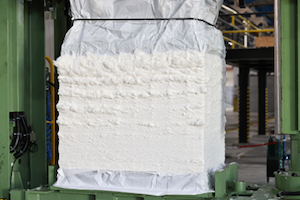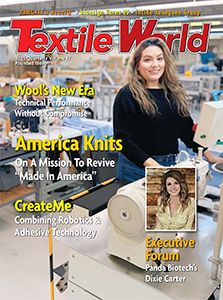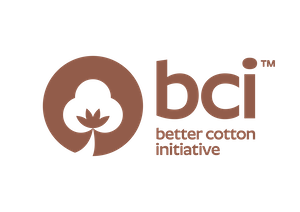 GENEVA — December 9, 2025 — The Better Cotton Initiative (BCI) and climate technology startup Planboo have today announced the launch of a new project that will pilot the production and use of biochar on cotton farms in India to drive, measure and monetise environmental improvements, and assess its scalability within the sector.
GENEVA — December 9, 2025 — The Better Cotton Initiative (BCI) and climate technology startup Planboo have today announced the launch of a new project that will pilot the production and use of biochar on cotton farms in India to drive, measure and monetise environmental improvements, and assess its scalability within the sector.
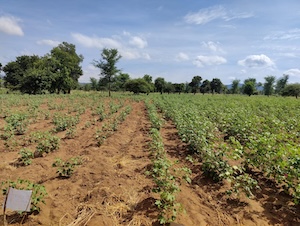
Photo: Planboo. Location: Sinazongwe, Zambia, 2024.
The project, which is due to start in February 2026, will see at least 75 farmers transform agricultural waste from January’s cotton harvest into biochar – a charcoal-like substance that can improve soil health and store carbon in the ground for more than a century.
Lars van Doremalen, Director of Impact at the Better Cotton Initiative, said: “Since announcing our partnership with Planboo in September, we have been working to identify the locations and partners required to test this promising solution. Biochar holds the potential to unlock huge greenhouse gas emission reductions and carbon removals while fortifying farming communities against the effects of climate change.”
In Gujarat and Maharashtra, three kilns will be installed capable of processing 375 tonnes of agricultural waste and yielding 60-70 tonnes of biochar. Farmers will be offered training in February 2026 to demonstrate how they can use the kilns to produce biochar and transition away from commonly practised crop residue burning, which is damaging to both the environmental and people’s health.
Throughout the project, Planboo’s digital Measurement, Reporting, and Verification (MRVin) system will capture data points from the production of biochar to the calculation of carbon removals.
This end-to-end software accurately calculates waste inputs, biochar volumes, carbon removals, and in turn streamlines the availability of carbon data. The quantification of carbon reductions and removals using this data will create new income streams for communities.
Freddie Catlow, Founder of Planboo, said: “Cotton farmers are sitting on an unrealised asset, their crop residues, currently going up in smoke. With Planboo’s MRVin technology, farmers can learn, burn and earn by turning their waste into biochar. This durable, accredited form of carbon removal, builds resilience into soils, supporting farmers, the foundation of the cotton textile industry.”
The project will conclude in 2026 at which time BCI will share project learnings and outcomes with its members. The project will measure how biochar influences key agricultural indicators such as crop yield, water retention, as well as data on reduced farm level emissions and carbon removed.
In the longer term, both BCI and Planboo will assess the potential to take this approach to scale by demonstrating the value it can provide from environmental and economic improvements at the field level to Scope 3 reduction data and carbon credits.
Posted: December 10, 2025
Source: The Better Cotton Initiative (BCI)

